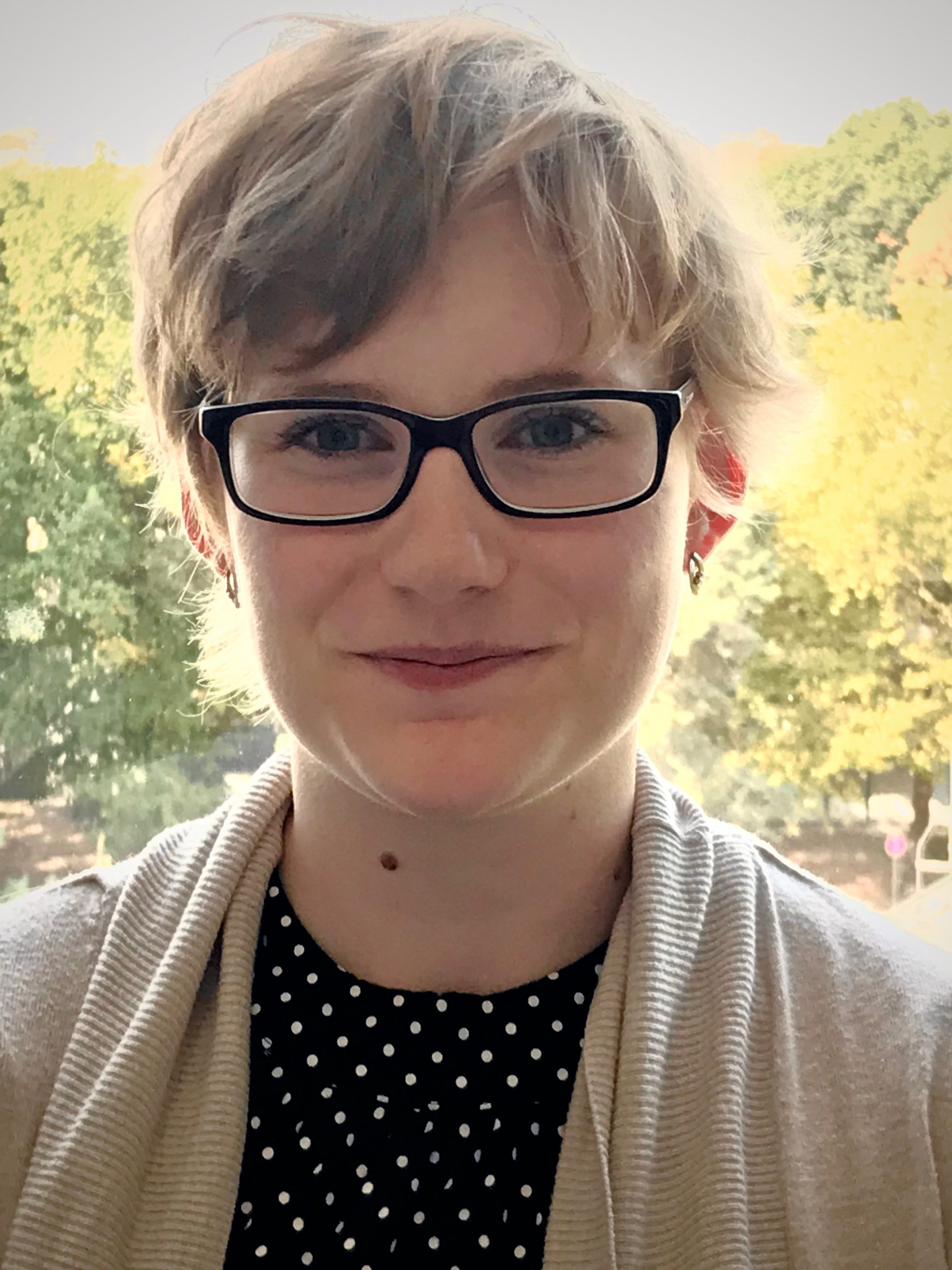Direct Conversion of Human Microglia into Induced Neural Stem Cells: A New Avenue for Neuroregeneration?
|
1 Institute of Reconstructive Neurobiology, Medical Faculty, University of Bonn |

|
With the advent of cell programming, strategies for cell replacement in the central nervous system have been extended from classic neural transplantation to the in situ conversion of non-neuronal cells such as astrocytes and pericytes into neurons. We set out to explore whether this approach can be extended to microglia. In previous studies, we had shown that peripheral blood mononuclear cells can be efficiently converted into induced neural stem cells (iNSCs) suitable for intracerebral transplantation. Here, we applied this conversion paradigm to microglia derived with a proprietary protocol from human induced pluripotent stem cells (iPSCs). These iPSC-derived microglial cells (iPSCdMG) express typical microglial markers such as CD11B, CD14, CD45, CX3CR1, IBA1, P2RY12 and TMEM119, and they respond to inflammatory stimulation by increasing phagocytotic activity and production of reactive oxygen species. We used Sendai virus (SeV)-mediated overexpression of SOX2 and cMYC to convert iPSCdMG into iNSCs, and two weeks after infection of iPSCdMG with the temperature-sensitive SeVs, we observed emerging colonies consisting of neuroepithelial-like-shaped cells expressing NSC markers such as DACH1 and NESTIN. Temporary cultivation at 39°C yielded transgene-free iPSCdMG-derived iNSCs. Established iNSC populations could be proliferated for at least 20 passages. Spontaneous differentiation yielded TUJ1- and MAP2-positive neurons and S100ß- and GFAP-positive astrocytes. These findings could be recapitulated with iPSCdMG sorted for the microglia marker CD11b, excluding neural contamination of the harvested iPSCdMG with neural cells. We are currently exploring transplantation of human iPSCdMG into the rodent brain, in order to provide a basis for future studies focusing on microglia-to-iNSC conversion in vivo.
